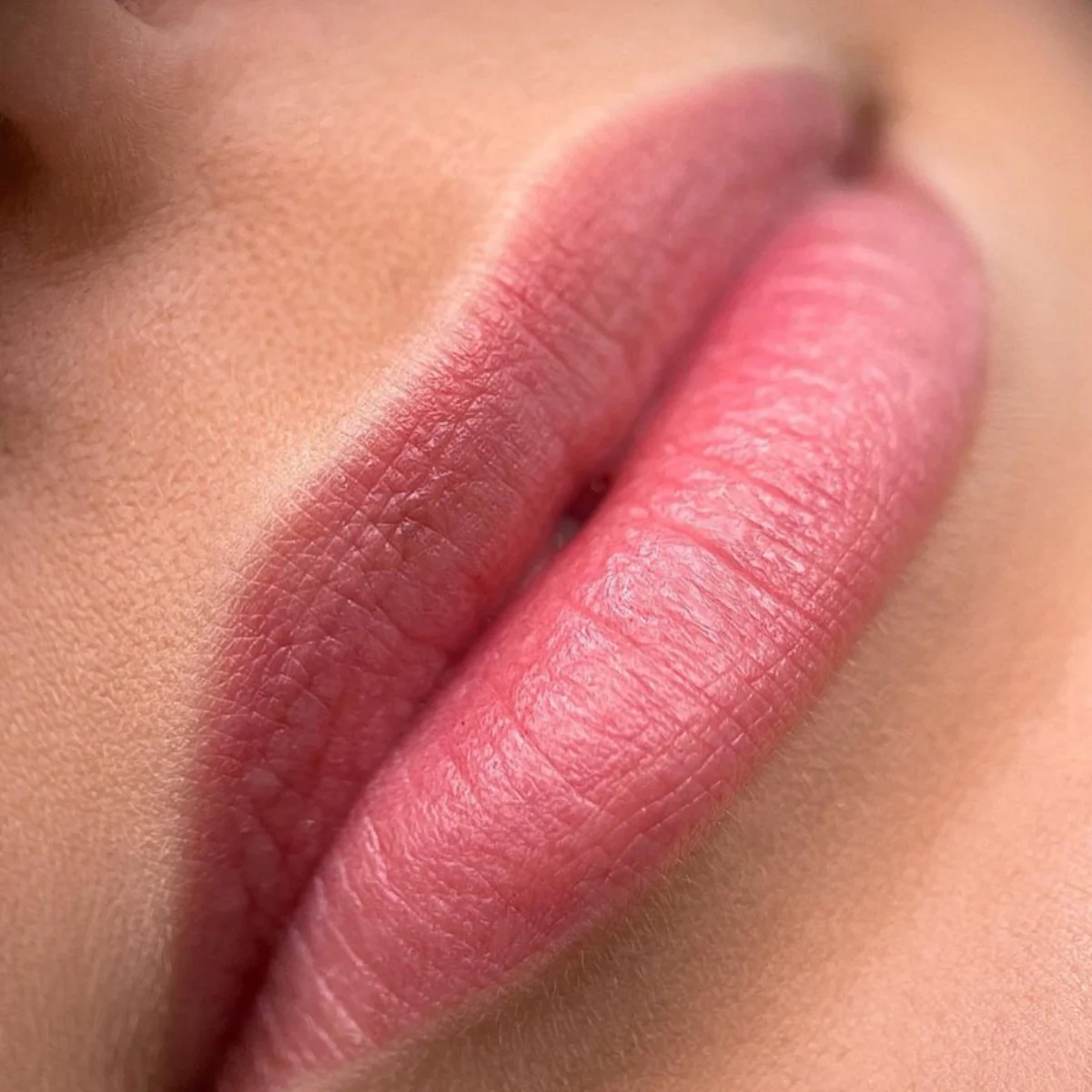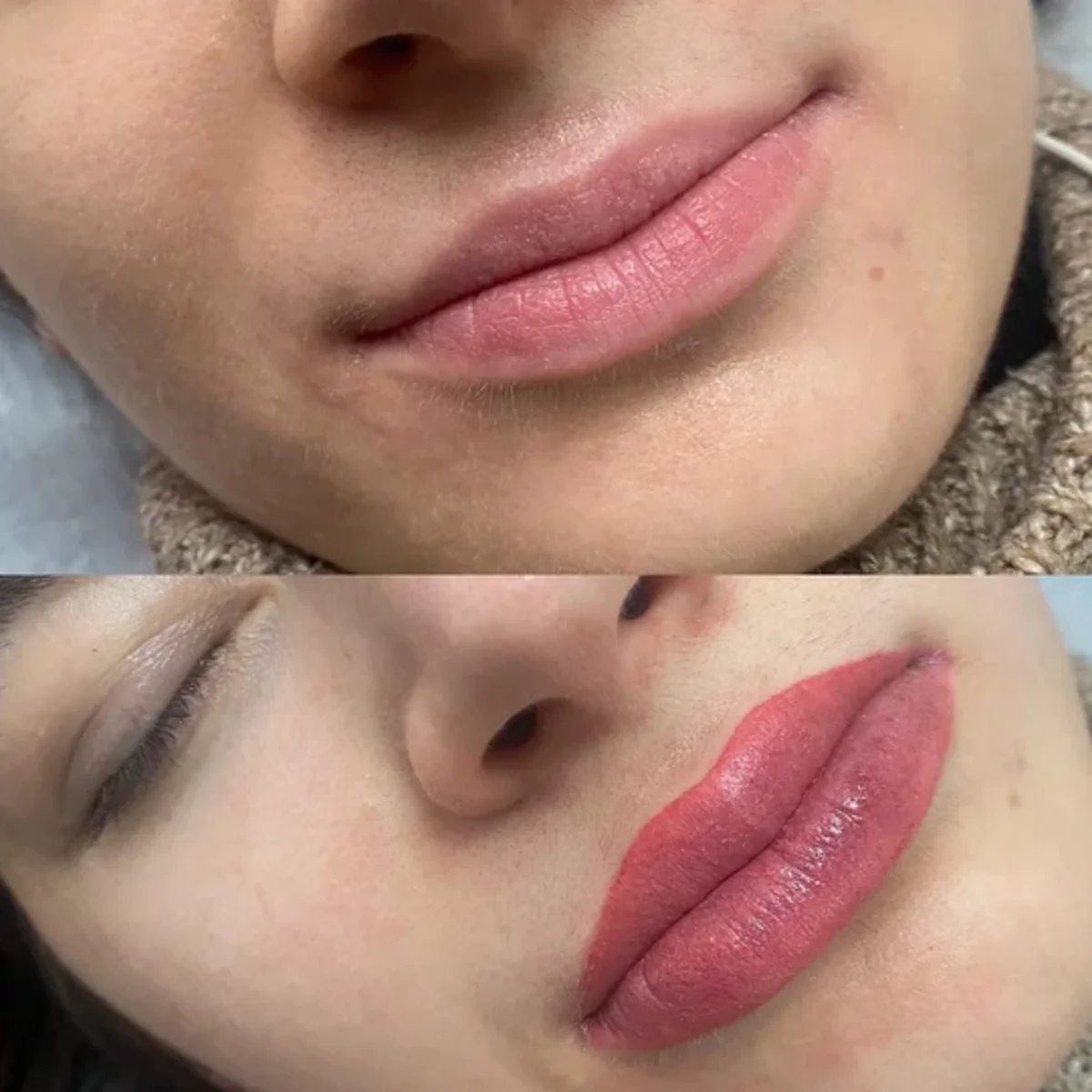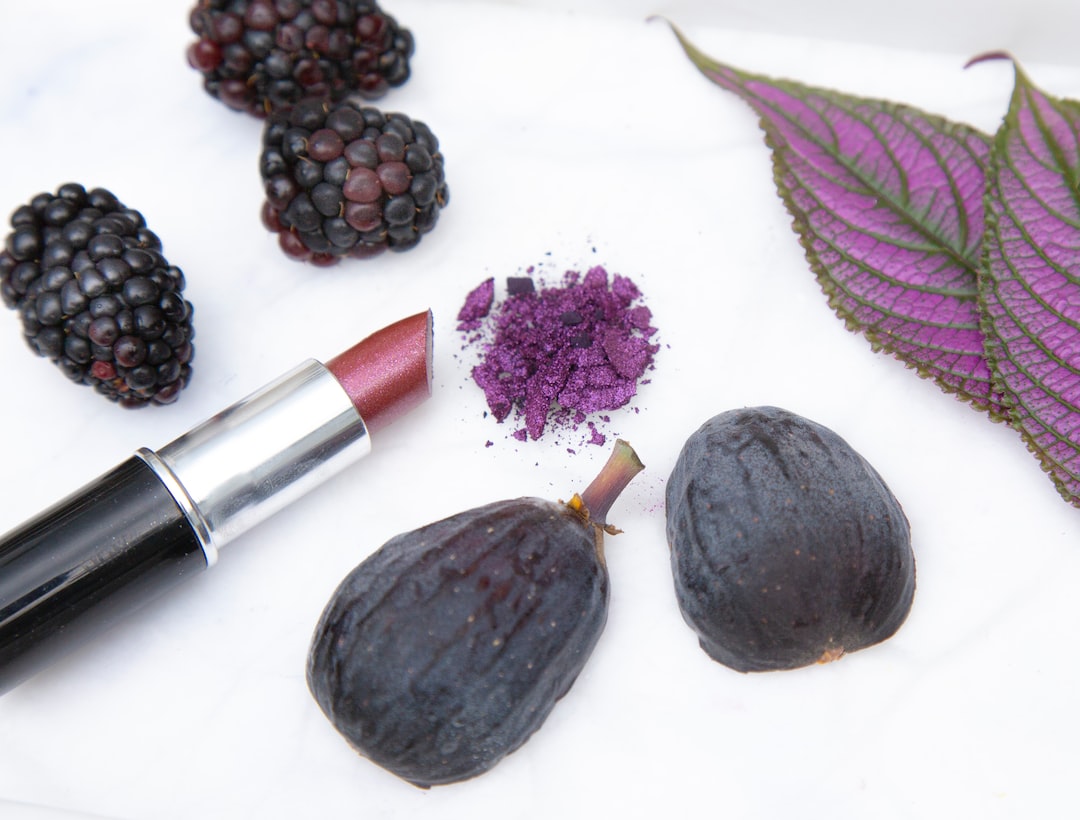Lip tattooing is a long-lasting solution for enhancing lips by adding colour and shape. It can be especially beneficial for those with thin or uneven lips or those looking to restore lost colour and volume.

Choosing the perfect lip tattoo
Choosing the right lip colour can be overwhelming. Lip blushing offers a low-maintenance alternative to lipstick. It involves depositing coloured ink into the lips using a single needle. The technique is quick and uses a dotting motion similar to traditional tattooing. Lip blushing before and after photos, treatment information, and after-care tips are widely available. However, selecting the right lip colour is crucial for long-term satisfaction.
Having an expert assist you during your consultation can help you understand the impact of different shades on your natural lip colour. Knowing which colours complement your skin tone and preferences will allow the technician to better assist you in achieving your desired shade.
Realistic expectations
The purpose of a lip tattoo is to enhance the colour of your lips, not drastically change them. This procedure helps smooth out and even the pigment in the lip area. It can also add a wash of colour to pale or dark lips. Despite the availability of brighter pigment, the final result of lip blushing is usually subtle after the healing process.
Achieving natural-looking results in lip colour involves finding a shade that complements your lip tone or resembles a berry stain. Look for a nude shade that enhances your lips or a colour that mimics your ideal lipstick.
It is recommended that an expert create a custom shade for you following your initial consultation.
Understand your skin undertones
Identifying your skin undertones can help determine which shades will be most flattering. Check the colour of the veins on your wrists. Blue veins indicate pink or cool undertones, while green veins indicate yellow or warm undertones. If your veins appear bluish-green, you likely have a neutral skin tone.
When choosing lip colours, consider your skin tone. Cool-toned complexions look best with lip shades featuring blue or purple undertones, while warm-toned complexions are complemented by colours with orange or golden undertones. Individuals with neutral complexions can wear lip colours with either undertone.
To determine your skin undertones, you can do the jewellery test. If gold jewellery looks best on you, you have a warm complexion. If silver jewellery is more flattering, you have a cool-toned complexion. Those with neutral skin tones can wear both gold and silver jewellery without any issues.
Know your skin tone
When choosing a semi-permanent lip shade, it is essential to consider whether your complexion is pale, olive, medium with yellow or pink undertones, or darker.
Pale skin-toned individuals will find peach tones and light nude colours the most universally flattering. Pairing these shades with a clear or similar neutral gloss creates a simple "your lips but better" look. It is recommended to avoid selecting darker nudes, browns, or burgundies as they can look stark and create too much contrast.
For those with olive skin, choosing soft and warm neutral tones such as coral, amber, or lighter orange-based red shades is recommended while avoiding darker colours like brown, burgundy, or deep red to maintain a consistent look.
Consider choosing natural coral shades if you have light Asian skin. These shades can brighten your face and are subtle enough for daily wear. Dusty rose, or bold red colours can also flatter your skin tone. Avoid beige or brown shades, which may look flat and washed out on your complexion.
For those with skin tones between pale and olive with yellow undertones, it is recommended to choose brown-based neutrals and blue-based reds for makeup. Opt for beige, flesh tones, terracotta, bronze, and cool-toned pink or red shades. It is best to avoid mauve, dusty rose, magenta, plum, or any purple-based pigments, as they may not complement your complexion.
Individuals with skin tones between pale and olive with pink undertones may find neutral peach or peachy pink tones flattering. Consider opting for an orange-based or dark red shade for a bold look. Be cautious with blue-based reds, which can make your lips appear purple.
Getting the desired lip shade for individuals with dark complexions can be challenging. The process may require multiple sessions for those with melanin-rich lips. Blue or purple undertones on the lips can make it hard for the pigment to show up correctly. To address this, a lip neutralization pigment is used during the first session to prepare for the desired shade in the follow-up appointment. This priming colour, usually a warm-based pigment like bright orange, will vary based on your unique colouring. During the next session, work closely with your permanent makeup expert to choose the best shade for you, such as coral, burnt orange, or orange-based red shades that complement your complexion.

Check your makeup drawer
A lip tattoo is like a long-lasting lipstick that doesn't come off quickly. You can still use other lip cosmetics once your lips have healed. Experimenting with your favourite products can help determine which tones and shades work best with your natural lip colour. Try applying a light coat of lipsticks, lip liners, and glosses to see which colours you prefer - nude, pink, coral, brown, or red. Consider the undertones of these colours, too. See how blue, purple, green, orange, or golden shades look on your lips. Pay attention to how they complement your skin tone - do they make you glow or wash you out?
These findings can assist your technician in understanding your desired lip pigment shade, allowing them to provide information on whether it is achievable and the potential number of sessions required to achieve your desired look.
Discover how lip-blushing works
Understanding how pigment colour changes over time is essential when choosing the right shade for your lips. Knowing this can help manage expectations and motivate you to maintain your after-care routine. The colour of your lips will be most vibrant right after the lip-blushing procedure and remain bright for up to 48 hours after treatment.
During the healing process of lip blushing, it is common for the pigment to fade during the peeling stage around day 5. This is followed by the formation of scabs, which may cover the lip pigment until the skin fully heals. The colour will become visible again as new skin layers form.

